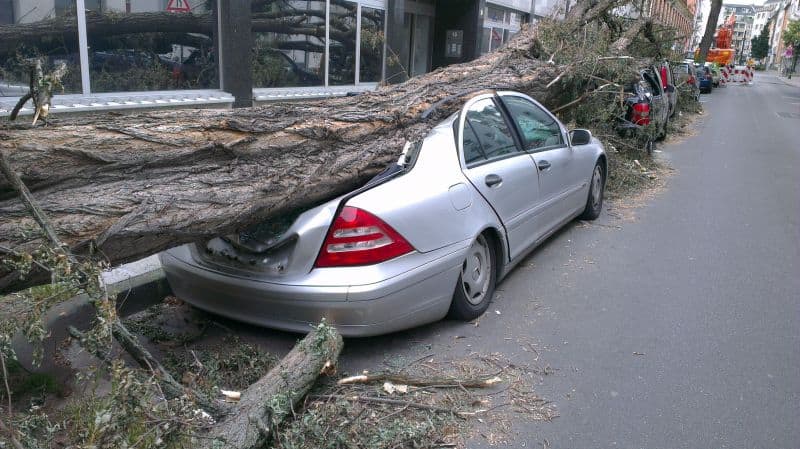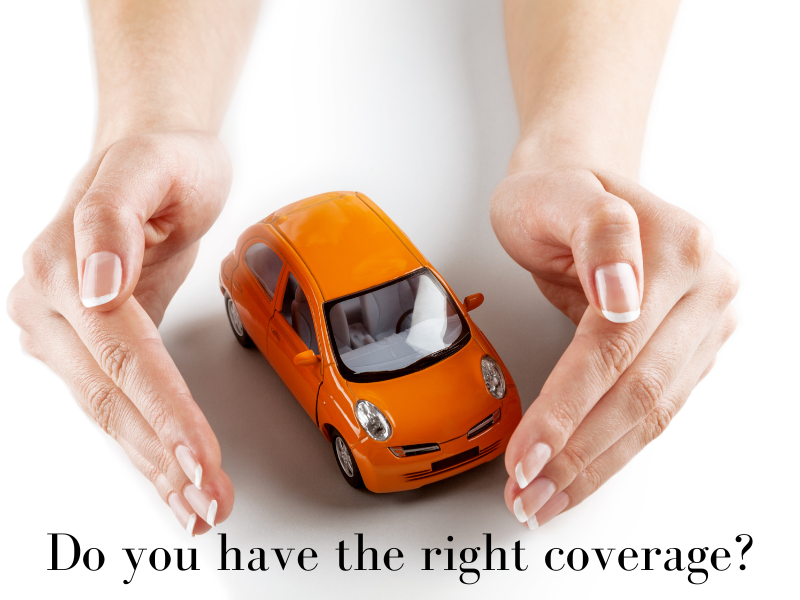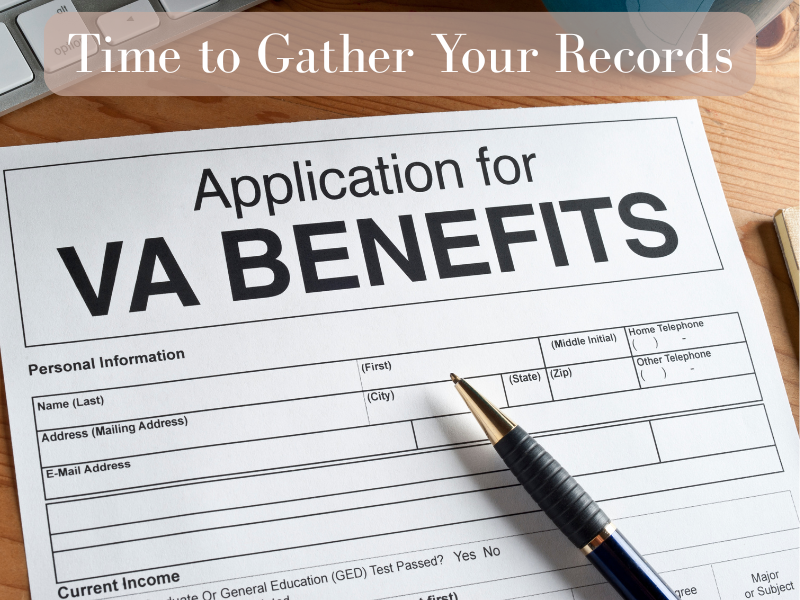Previous Post
Car Insurance Coverage Options
Posted on January 3, 2025 by Cassi Anderson
Although insurance is state regulated, there are still coverages that are similar between the states. When shopping for insurance, these are the things that you will want to consider. The first coverage we will discuss is liability, bodily injury liability, and property damage liability. These limits vary state to state and each state will have certain minimums you are required to carry. What makes this coverage important? This is the portion of the claim that your carrier will pay if you are found liable for a loss. Bodily injury will typically be per-person and per-accident if you are found at fault for the accident. When choosing these limits, you want to consider what amount of coverage you need to protect your assets. Any amount over your coverage will be your responsibility. For example, you rear end a vehicle with two passengers. Each passenger sustains $25,000 in bodily injuries. If you carried $10,000 per person, and $20,000 per accident, you would be required to cover the additional $30,000 for their injuries with your own money. That is why it is so important to have a conversation with your insurance agent about coverage amounts.
Next, we’ll look at property damage liability coverage. This coverage comes into play if you damage another person’s property. This can be a car, house, bus, RV, tractor, etc. This would vary depending on the type of loss that occurs. Similar to bodily injury liability, you want to choose a coverage amount that protects you, because anything over that, YOU will be responsible! For example, you rear end a vehicle and cause that vehicle to hit another vehicle. The cost of the damages for both vehicles is $25,000. If you only carry $10,000 for property damage liability, the additional $15,000 would be coming out of your pocket!
There are two important coverages for your vehicle. The first coverage is comprehensive, sometimes called “other than collision” coverage. Comprehensive coverage includes hail damage, glass damage, theft, or collision with an animal. This coverage will be subject to your deductible. The deductible is the portion of the claim that you are responsible for paying before the insurance pays. The thing to keep in mind when setting deductibles, is ensuring you have the available funds to pay, if your vehicle is damaged. The lower your deductible, the higher your insurance premium will be.
The second coverage for your vehicle is collision coverage. This would cover colliding with anything other than an animal. It would include hitting another vehicle, a house, a building, etc. You will have a deductible for this coverage as well. Again, the lower the deductible, the higher the premium. Your policy may have other optional coverages such as roadside assistance and rental reimbursement. Keep in mind the policy will only cover a rental vehicle for a covered loss. Therefore, you can’t use this when your vehicle goes to the shop for basic maintenance. Depending on the age of your vehicle, you may elect not to carry full coverage, but that’s something you definitely want to discuss with your insurance agent. If you have financing on the vehicle, you need to carry “full coverage,” which includes comprehensive and collision coverage.
Another coverage that might be worth considering, is medical coverage, for yourself and your passengers. I will share my own personal experience with this as I recently had a car wreck. In my state, medical coverage is required with a minimum amount of $2,500. This is important because in my case, I was not at fault for the accident, but I was able to get medical coverage taken care of up to that amount, without dealing with the other carrier. In my experience, Tricare wouldn’t cover chiropractic care, so this coverage came in handy. You will typically see these coverages listed as medical payments or personal injury protection. These coverages come into play, regardless of who is at fault. I was glad to have this coverage, because I struggled dealing with the other carrier.
Now that we have a good grasp on the coverage options and the importance of appropriate limits, let’s talk about some things that may come up for you, as a military member or military spouse. How do you decide where you “base” your policy? There are some exceptions for this, but you will need to discuss those with your insurance carrier. I would say anytime you go TDY or will be somewhere for more than a few months, it is always a good idea to have a discussion with your carrier. In my experience, we would typically look at moving a policy if it was 3 months or more, but every carrier will have their own rules and guidelines. It’s always a good idea to confirm with your carrier when you have a life event like that coming up! This could potentially save you money. If you are going to be TDY and not have a vehicle, there may be options to decrease your premium for that time. It is definitely worth the phone call to discuss and ensure you are protecting yourself.
Explore more with My Military Lifestyle and Insurance!
Next Post








